THE BONE RECORDS by Rich Zahradnik is a wonderfully edgy “everyman” thriller but don’t expect a...

Steal away with mystery author Lynda Lock
Canadian mystery author and blogger Lynda L. Lock transports us to the fabled island of Isla Mujeres on Mexico’s Atlantic coast not far from Cancun. First known for her popular blog from Isla Mujeres, Lynda’s new mystery series is a charming slice-of-island-life with a mystery twist featuring authentic island life and an ensemble cast that hangs out at a restaurant called the Loco Lobo.
 Lynda and I met through the dynamic Mexico Writers group on Facebook and I can’t wait for her next book!
Lynda and I met through the dynamic Mexico Writers group on Facebook and I can’t wait for her next book!
Carmen Amato: Lynda, thanks so much for stopping by. We’re both members of the incomparable Mexico Writers group on Facebook and you were one of the contributors to The Insider’s Guide to the Best of Mexico. I love your blog about life on Mexico’s Isla Mujeres, but you also write mysteries! Tell us how your writing career has evolved.
Lynda Lock: Hi Carmen, and thank you for the invite and for including me in The Insider’s Guide to the Best of Mexico. My writing career started with a Christmas story I wrote in grade five. It ended in a complete disaster as I nervously shredded the paper while trying to read what I thought was a hilariously funny story to my stone-faced classmates.
Over the years I wrote hundreds of stories for my own entertainment. Eventually I was offered a position as a contributing writer for an American magazine, while at the same time I managed our bed and breakfast and worked in our micro-brewery. When my husband and I retired to Mexico I rediscovered the desire to write books. I started with a bilingual book for children and then progressed to novels. The Adventures of Thomas the Cat / Las Aventuras de Tomás el Gato won a silver award at the International Latino Book Awards in LA for Best Picture Book Bilingual in 2016.
 CA: Your mysteries, TREASURE ISLA and TROUBLE ISLA, capture life on Isla Mujeres down to the smallest detail, including the impact of its relative remoteness. How does setting influence your mystery plots?
CA: Your mysteries, TREASURE ISLA and TROUBLE ISLA, capture life on Isla Mujeres down to the smallest detail, including the impact of its relative remoteness. How does setting influence your mystery plots?
LL: I enjoy the Mexican culture, but living on an island is entertaining, no matter where the island is located. The people who inhabit islands are typically self-sufficient, resilient individuals, with quirky personalities that make great characters for novels. We lived on a similarly sized island in British Columbia Canada for 17 years. One day I intend to write a series of novels based on that experience.
CA: One thing I love about the Isla books is the wonderful cast of continuing characters and the touch of romance. The population of Isla Mujeres is quite a mix–Mexicans, expatriates, vacationers, etc. How did this inspire you?
LL: I am fascinated by pirates; their history, their stories, and their personalities. A few years ago our well-respected local historian, Fidel Villanueva Madrid, wrote an interesting account about the pirates that had visited and at times inhabited the Isla Mujeres.
Another islander, Ronda Winn Roberts, enjoys translating articles from Spanish to English and posting the translations on her blog to give English speaking newcomers have a sense of the island’s history. That’s how I first discovered the story of the blonde-haired Dutch pirate, Captain Laurens Cornelis Boudewijn de Graaf.
The possibility of the handsome, charming and apparently well-educated de Graaf, nicknamed the Scourge of the West, visiting Isla over 300 years ago was the spark for TREASURE ISLA. He reportedly sailed to Isla Mujerea in 1683 after the siege of Veracruz and buried his plunder here on the island. According to all accounts de Graaf never returned to the island but was killed in another battle. Alright then, let’s go find that treasure.
Another pirate, who is better known to islanders, Captain Fermin Mundaca lived on Isla in the mid-1800s. His empty tomb really is located in the cemetery in Centro, and his hacienda covers a large part of the center of the island.
 The second book, TROUBLE ISLA begins with a kidnapping of one of the main characters from Treasure Isla. It seems that the pirate’s horde is just bad luck for everyone. The story is more about the present day characters; their interactions, friendships and love affairs and less about the historical characters of Mundaca and de Graaf.
The second book, TROUBLE ISLA begins with a kidnapping of one of the main characters from Treasure Isla. It seems that the pirate’s horde is just bad luck for everyone. The story is more about the present day characters; their interactions, friendships and love affairs and less about the historical characters of Mundaca and de Graaf.
The third book continue to explore relationships between the characters while they deal with murder, mayhem and a hurricane.
I enjoy researching and writing stories that have a historical basis. Digging out the bits and pieces and trying to reconstruct an era is fascinating. Fortunately for me there are a number of webpages and blogs with interesting tidbits of information about pirates and the items have been found over the years.
The interactions and reactions are a never ending source of material for the novels, too. Everyone has an opinion on how the island should be managed and many discussions start with, “my little Isla …” There is an amusing rivalry between the born-on-the-island locals and foreign residents, between the home owners who live here six months of the year and the visitors who have been vacationing every year for 30 years, but everyone picks on the dreaded day-trippers arriving in hoards from the Cancun hotels.
CA: I wouldn’t call your books cozy mysteries, but neither are they hard-boiled crime fiction. How do you categorize them?
LL: I think they are humorous-adventure-mysteries. Is there a category for that?
CA: What is next for you as a blogger and a mystery writer?
LL: Book #3 TORMENTA ISLA is scheduled to be released in February 2018. The cast of characters still have a few more stories to tell. Meanwhile, the blog is a weekly labor of love and both my husband and I contribute articles. It’s a good vehicle to congratulate volunteers, to introduce old-time islanders to the newbies, to express our quirky humor, and to just generally get to know other people who love Isla Mujeres.
CA: You can invite any author, living or dead, to dinner at your home. What are you serving and what will the conversation be about?
LL: Oh my, so many choices. I read a novel a day and have many favorite authors, but I will have to say Ken Follett would be my first choice. I am a huge fan of his Kingsbridge Series; Pillars of the Earth, World Without End, and the newest one just released A Column of Fire. His attention to historical detail, his characters, and his descriptions are breathtaking.
I have read the first two books three times each and still discover things I missed in the previous readings. As for dinner, we are very basic cooks. We live on the edge of the ocean with sand drifting through our patio doors and the turquoise sea to enjoy. Our meals are basic and easy, giving us more time to soak up the beauty of our view.
Assuming Mr. Follett isn’t a vegetarian, we would probably grill steaks and an assortment of vegetables like peppers, onions, baby carrots and broccoli, then make a crispy salad, and set everything on the table with a couple of bottles of good wine. If we were lucky the grocery store might have a freshly made baguette – not quite but almost as good as the baguettes in France. The fresh bread would go nicely with our stash of imported New Zealand butter. (Good butter is a rare find on the island! When a supply comes in we buy lots and stash it in the freezer.)
CA: Can you leave us with a quote, a place, or a concept from a book that inspired you?
LL: “No regrets. No bad memories.” It’s a favorite saying we picked up from two friends who are slightly older than us and also on second marriages. What it means to me is enjoy life, learn a new skill, be open to new adventures and don’t worry about the past. Life is short, savor your time.
Thank you!
Intragram Isla Mysteries
Amazon Lynda L Lock
Bookbubs Lynda L Lock
You may also like
Book Review: THE BONE RECORDS by Rich Zahradnik
Large print edition of the Galliano Club historical fiction thriller series
New! Large print has arrived at the Galliano Club, where trouble is always on tap. Large print...
Book Review: THE SECRET HOURS by Mick Herron
The Secret Hours by Mick Herron is a must-read spy vs spy thriller. Like John le Carré’s A LEGACY...
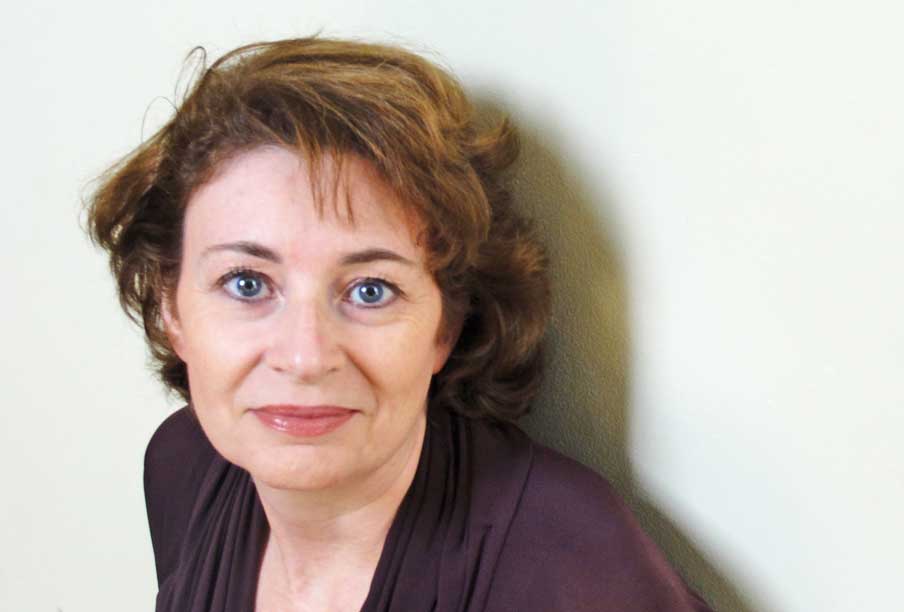
CARMEN AMATO
Mystery and thriller author. Retired Central Intelligence Agency intel officer. Dog mom to Hazel and Dutch. Recovering Italian handbag addict.



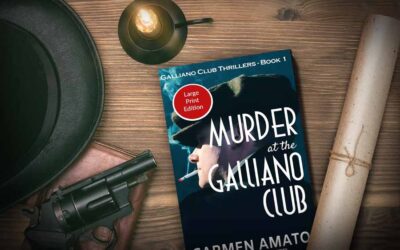

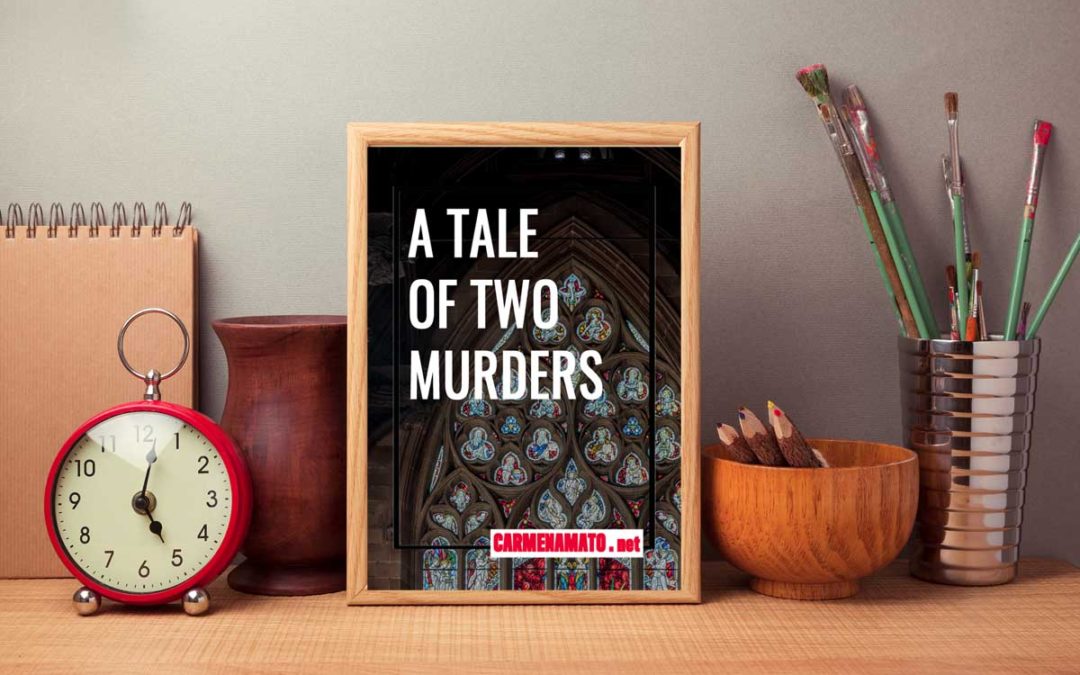
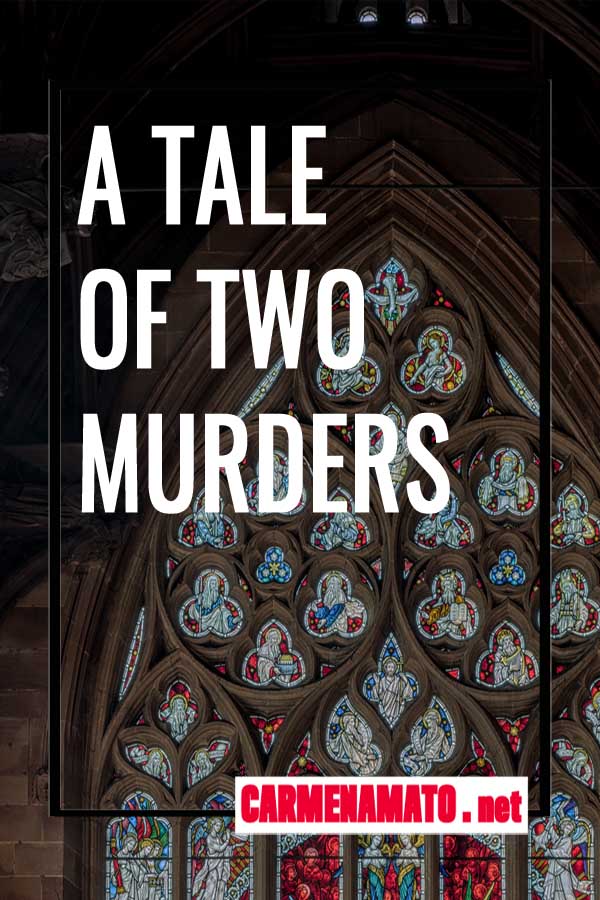


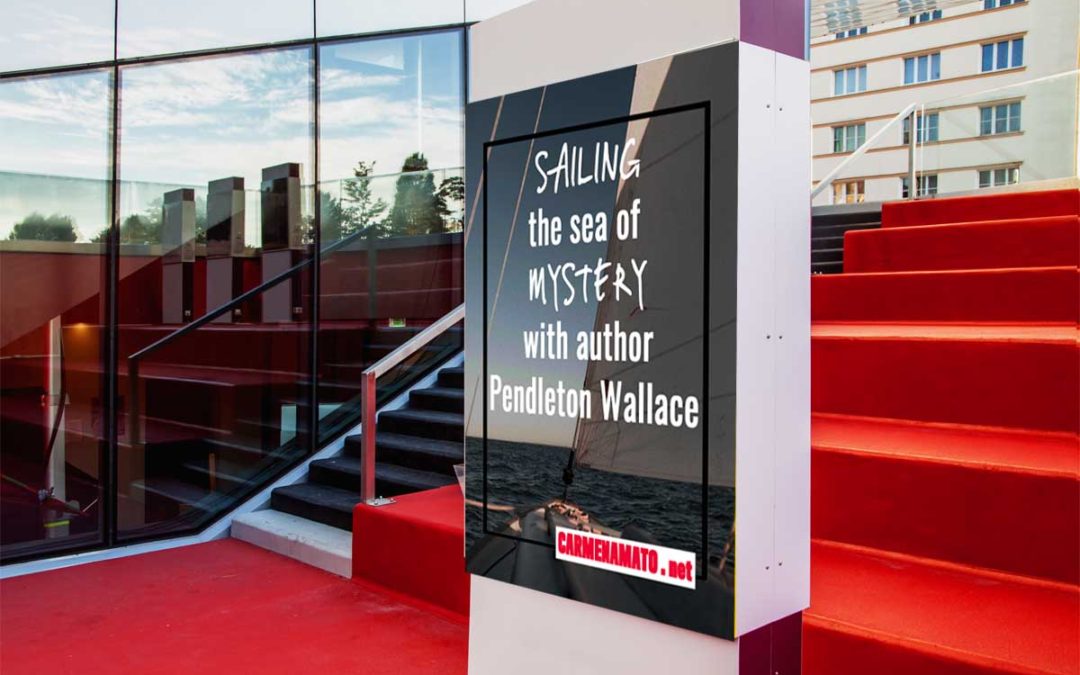
 3 CA: Penn, we are both members of the Mexico Writers Facebook group as well as fellow mystery authors. Tell us about your connection to Mexico and how you’ve used that in your writing.
3 CA: Penn, we are both members of the Mexico Writers Facebook group as well as fellow mystery authors. Tell us about your connection to Mexico and how you’ve used that in your writing.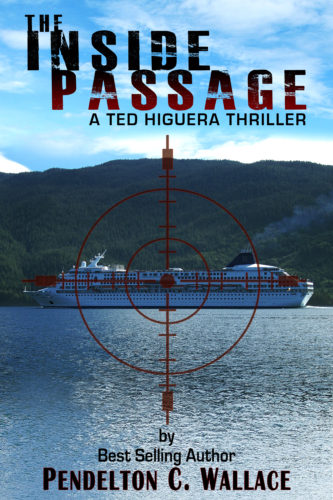
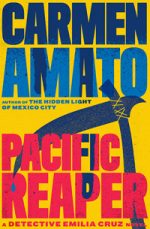 P.S. The first chapter of MURDER STRIKES TWICE, a Catrina Flaherty mystery, is included as a bonus in the Kindle edition of PACIFIC REAPER, the 5th Detective Emilia Cruz mystey. One good female sleuth deserves another!
P.S. The first chapter of MURDER STRIKES TWICE, a Catrina Flaherty mystery, is included as a bonus in the Kindle edition of PACIFIC REAPER, the 5th Detective Emilia Cruz mystey. One good female sleuth deserves another!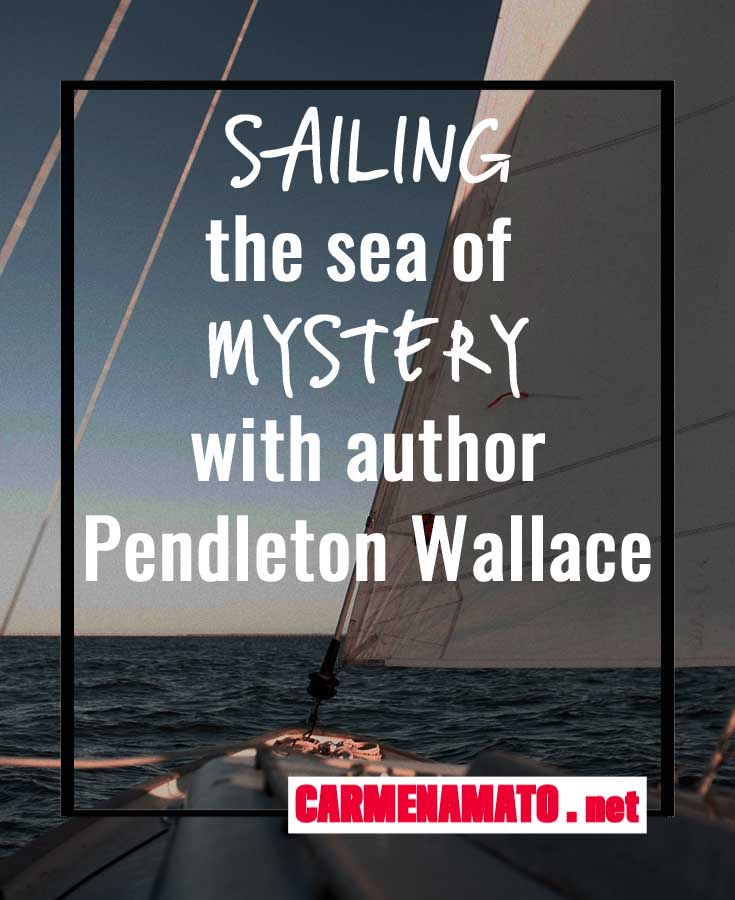


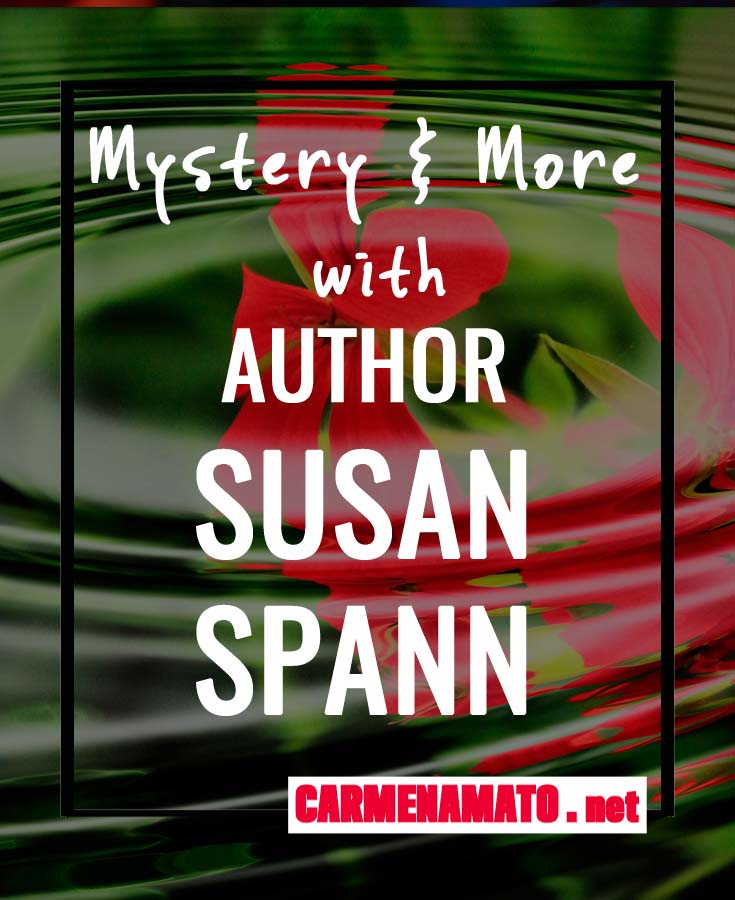

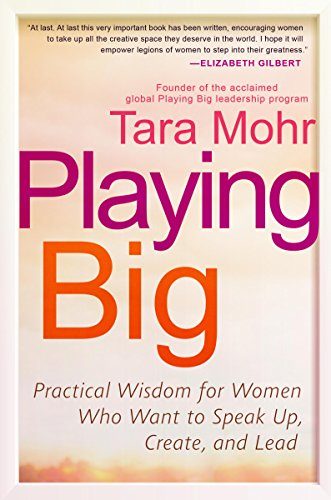

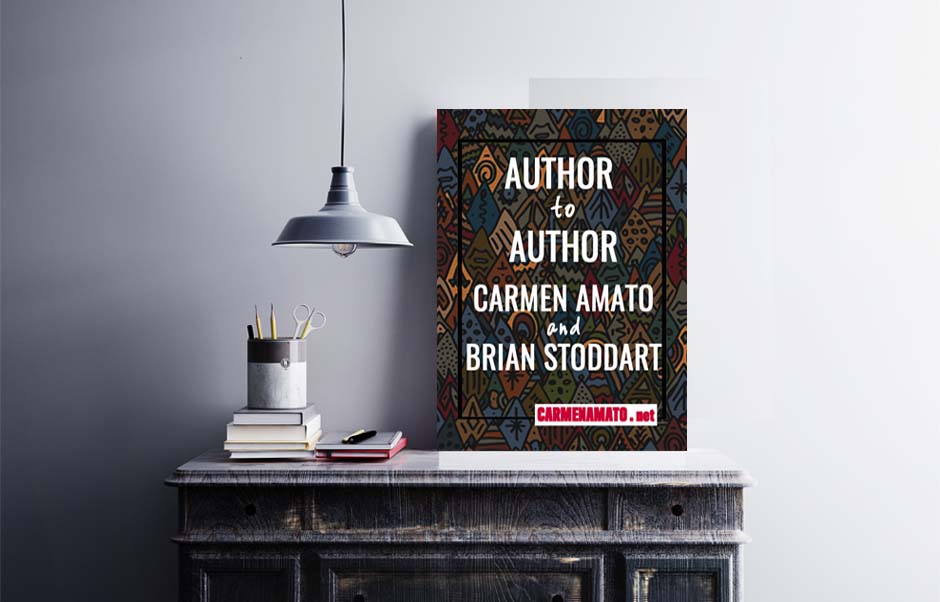
 and even as an academic I thought that those times and events had great dramatic qualities. That backdrop immediately allowed me to develop characters and events that were based in the historical record and, as we all know, truth is often more fascinating than fiction.
and even as an academic I thought that those times and events had great dramatic qualities. That backdrop immediately allowed me to develop characters and events that were based in the historical record and, as we all know, truth is often more fascinating than fiction. I use Le Fanu’s complicated relationship with Ro McPhedren almost as a lodestone to that complex matter of race relations in India at the time, and that shows up in how some other European characters relate (or do not relate) to Indians both professionally and personally.
I use Le Fanu’s complicated relationship with Ro McPhedren almost as a lodestone to that complex matter of race relations in India at the time, and that shows up in how some other European characters relate (or do not relate) to Indians both professionally and personally.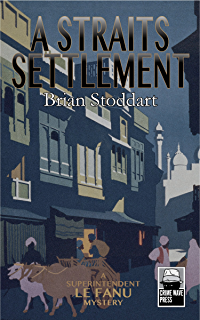 BS: Really great question. The research for Le Fanu has, of course, been done over many years and is almost natural. I have a lot to draw on. Because of that, the idea of when is enough really does not arise. What I tend to research now are the details of places and historical figures.
BS: Really great question. The research for Le Fanu has, of course, been done over many years and is almost natural. I have a lot to draw on. Because of that, the idea of when is enough really does not arise. What I tend to research now are the details of places and historical figures.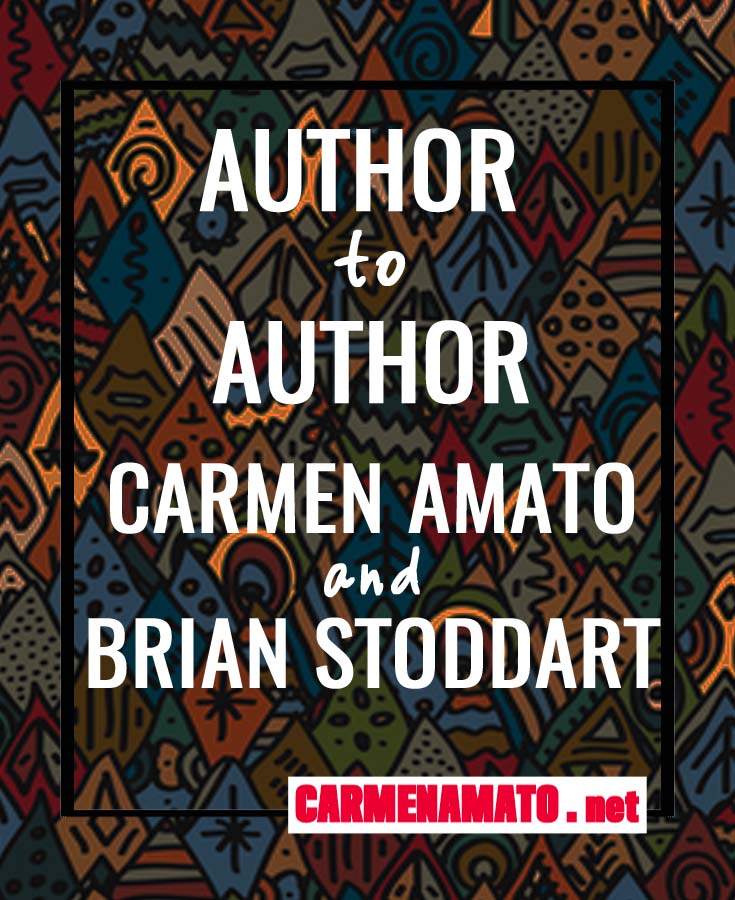

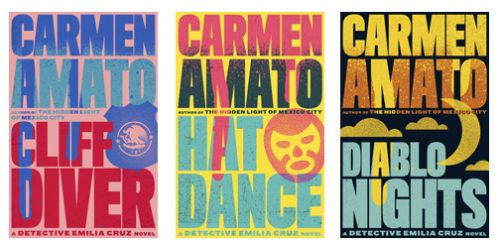



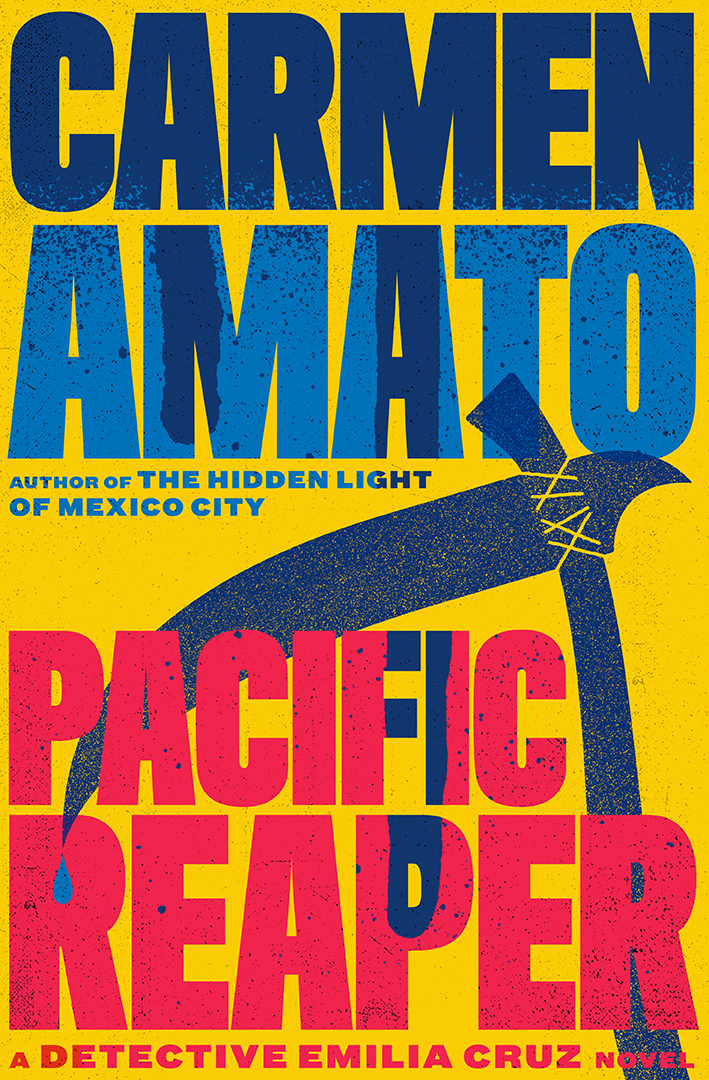

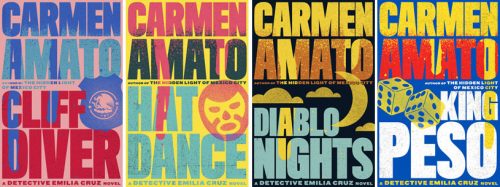

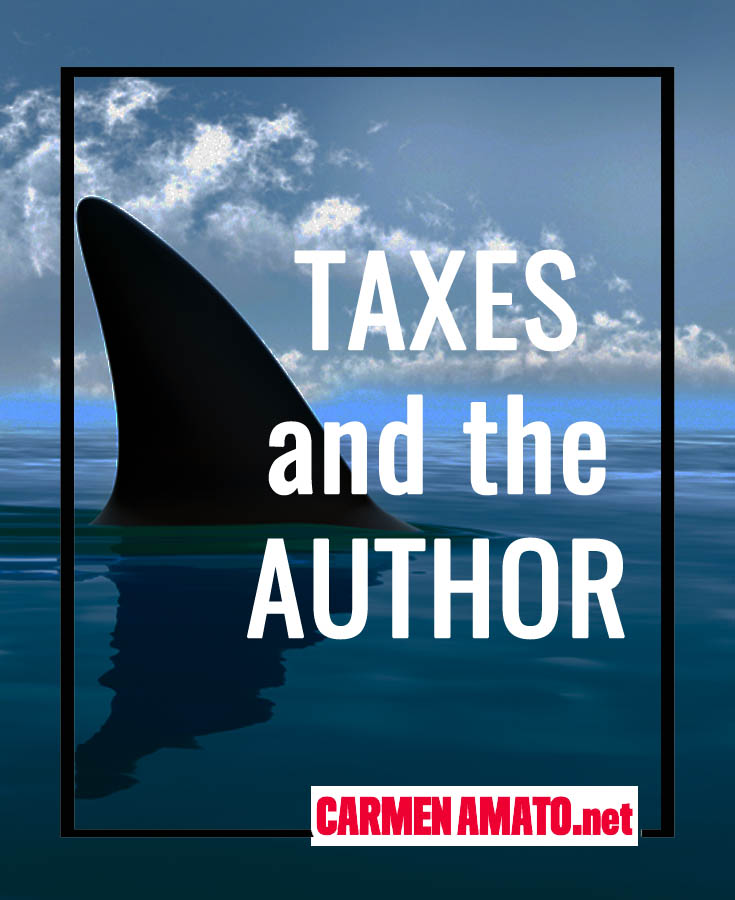
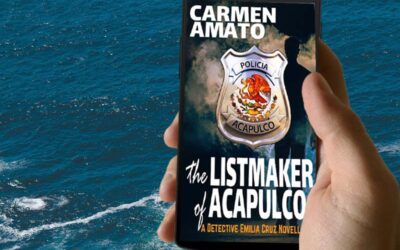



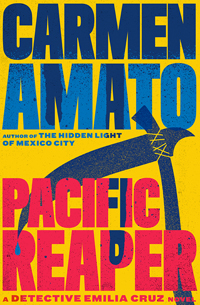
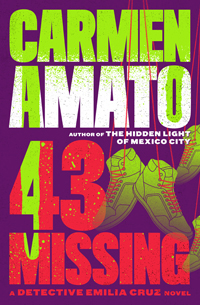
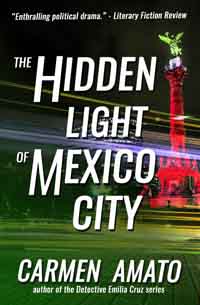

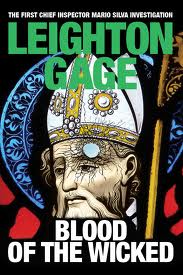 related post:
related post: 
